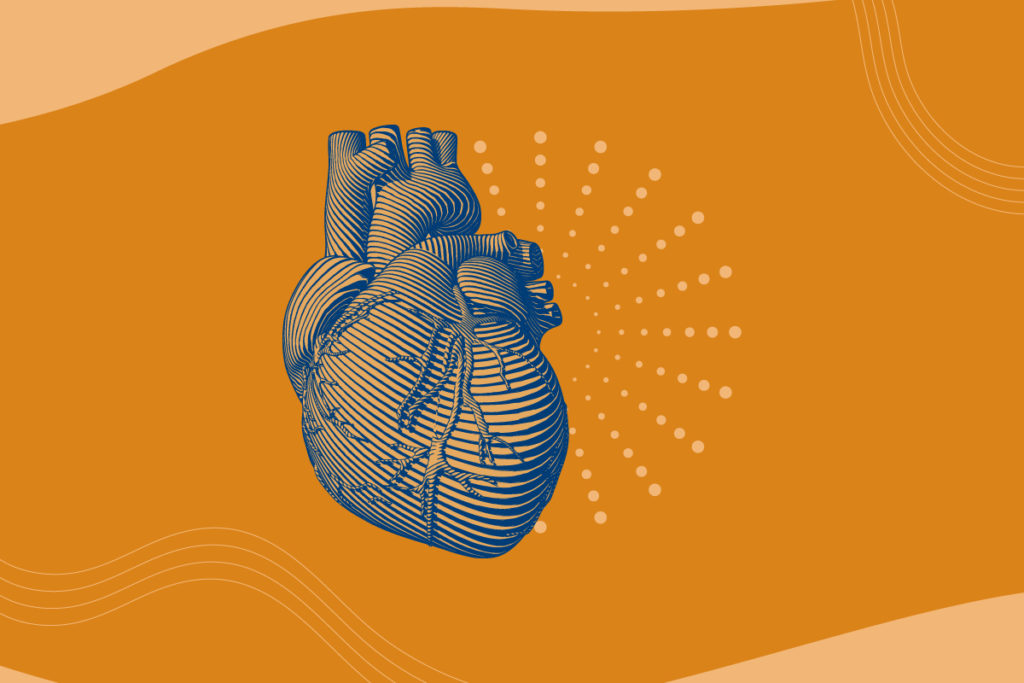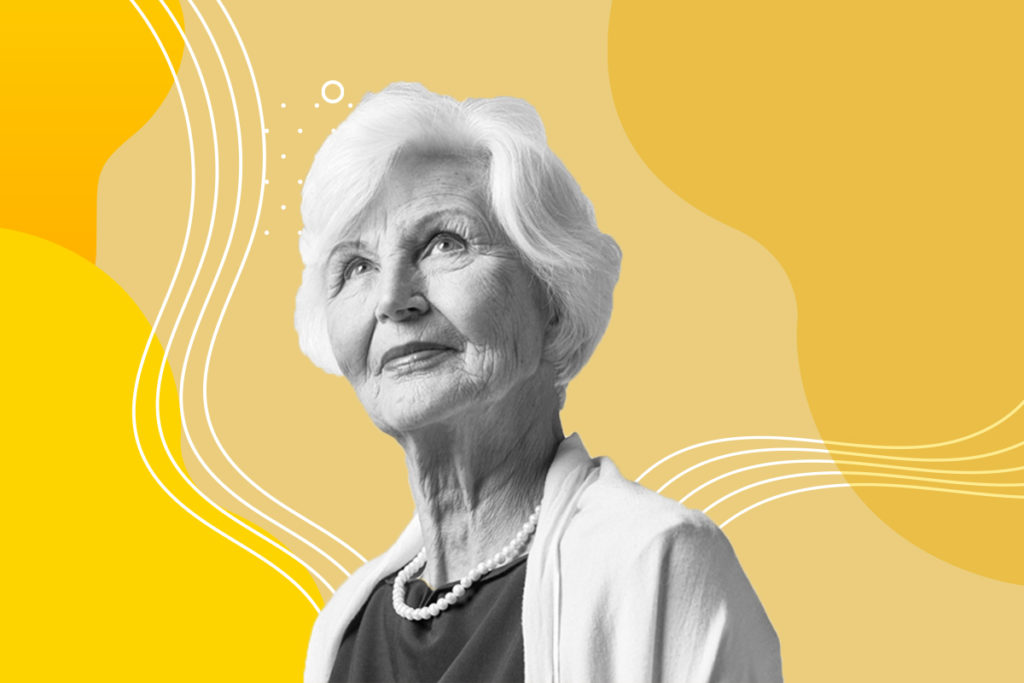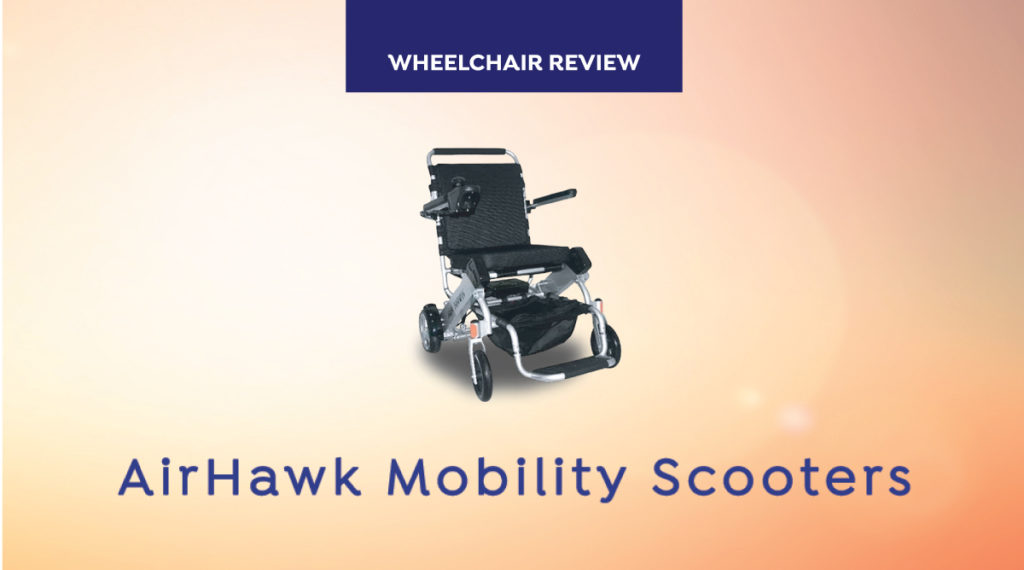
Some of the links on this page may link to our affiliates. Learn more about our ad policies.
Fact Sheet: Falls
The Biggest Threat to Senior Health and Safety
Updated on: August 2023

Falls are, Unfortunately, a Common Occurrence.
Falls are a serious health issue among seniors. While falls in the general population usually come about due to dangerous work or leisure activities, seniors are at greater risk of falling in their day-to-day activities. Medications, vision impairments, and general weakness can combine with environmental factors to put seniors in danger of seriously injuring themselves in any fall.
-
Every 11 seconds, an older adult is treated in the emergency room for a fall.
-
According to the National Council on Aging, one in four Americans over the age of 65 falls each year.
-
In 2014, older Americans experienced 29 million falls, resulting in 7 million injuries.
-
Every 19 minutes, an older adult dies from a fall.
Falls Can Cause Serious Injuries, and Present a Rising Cost to Society.
Outcomes of falls range from the minor cuts and bruises that anyone could expect to the worst possible results—disability and death. Overall, unfortunately, because of pre-existing health issues, lower bone and muscle strength, and other factors, falls among the elderly tend to have worse outcomes than among the general population. This leads to substantial costs both to the families of fall victims and to society at large.
Average 2021 cost for treating a fall is $64,526.
-
$43,400,000,000
Direct cost of falls to society in 2020
-
$637,000,000
Total cost of fall injuries in 2020 (78% paid by Medicare)
-
$101,000,000,000
What the total cost could reach by 2030
95% More than 300,000 people are hospitalized each year from broken hips, and 95 percent of these fractures are the result of a fall, according to the Centers for Disease Control (CDC).
800,000 Falls are the leading cause of fatal injury among older adults, and the most frequent reason for non-fatal trauma as well.
50% Falls take a psychological toll as well: up to 50% of those who fear falling limit or exclude social or physical activities because of this fear.
Falls in adults aged 65+ are the leading cause of head injuries and broken hips, with one in ten falls resulting in serious injuries such as hip fracture, other fractures, subdural hematoma, or traumatic brain injury. 5,6
Falls are the most common cause of traumatic brain injuries for people in every stage of life, and result in 800,000 total hospitalizations in America each year.
Falls result in more than 2.8 million injuries treated in emergency departments annually, including over 800,000 hospitalizations and more than 27,000 deaths.
A full 80 percent of falls happen in the bathroom, according to NewsUSA, quoting a National Institute on Aging statistic.
In the elderly living in the community, 30%–50% of falls are due to environmental causes (eg, poor lighting, slippery floors, and uneven surfaces)
According to Medical Alert Advice, one in three adults has trouble getting into and out of the bathtub,
Many Factors Contribute to Falls.
A senior’s health is a significant factor in predisposing them to falls, along with other related factors such as medication taken and recent surgery. Environmental challenges related to the loss of strength and balance as people age also make falls more likely, and some demographic factors also contribute.
Vascular diseases, chronic obstructive pulmonary disease, depression, and arthritis are each associated with a 32% increased risk of falls among the elderly
There are ways to reduce the risks of falling.
Fortunately, experience shows that there’s a pattern to fall risks, and so seniors and their caregivers are wise to be aware of them. Read our article on preventing falls in older adults.

